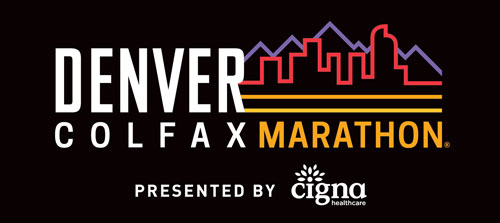“Q Angle” of the Knee
John Hanks DC, MHS; Kaiser Permanente; Centers for Complementary Medicine
As a Runner, Why Should I Care About the “Q angle” of the Knee? Observing a foot race of any kind, will sooner or later reveal a truism of anatomy: We are all shaped differently! Now that you have pondered this extraordinary insight (sarcasm), let’s reduce this observation to just the knee, which is sufficiently complicated for a basic “hinge” joint. What every runner should know, is that our knees, comprising upper and lower legs, can be categorized into three types: A straight leg and knee (you’re lucky), or secondly, the knee is angled outward (“bowlegged”) or third of all, angled inward ( “knock-kneed”).
These lay terms for the knee positions may seem a bit blunt in description, but anatomy knows no political correctness. The measurement of this angle is called the “Q” angle, named after the quadratus muscle of the thigh which extends the knee joint. A line can be drawn from the “knob” on the front of the pelvic bone, down to the center of the knee-cap, then a second line from the center of the cap to the near-by “knob” below the knee about six inches. The average angle made by these lines in men is about 14 degrees, while it measures an average of 17 degrees in women, often because of wider hips and pelvis.
If you have an extreme angle to your knee, you may not be comfortable as a runner, since your knee-cap is probably not sliding smoothly. It may be “tracking” at an oblique angle, which makes it rub excessively on the bones of the upper and lower leg. The friction of this knee-cap rubbing can cause degenerative changes and pain. Eventually, the inner or outer cartilage of the knee may wear down significantly, so that it becomes “bone-on-bone”.
What can be done to prevent this “tracking” syndrome? Well, most of the measures include wearing arch supports in the shoes to control the ankle positions, and knee extension exercises with weights on the ankles and the Big Toe pointed outward. But there are a few things that can be done when pain starts.
Chiropractors and some massage therapists can manipulate the knee-cap/patella to reposition it and aid in aligning the normal glide. This may need to be done a few times to stabilize the movement. Also, the patella can be taped into a neutral position to aid the glide, with functional elastic tape. A third treatment is deep goading and massage of the “Q” muscle on the front of the thigh and the surrounding smaller muscles. Acupuncturists can treat the problem with sedating the irritable muscles and stimulating the weaker ones, as well as interrupting the pain cycle.
Doctors of Chiropractic will always look to the spine to evaluate pelvic rotation or spinal “torsion” and nerve impingement, caused by lower leg and knee mechanical problems. They often will manually adjust the knee to unlock the stress the eccentric angle can cause on the flexion and extension of the hinge joint.
We are not all structured the same, and our knee joints follow suit. Some thoughtful attention to pain in the knee is important to runners, since it may be signaling problems that can worsen, and impair the enjoyment and value of the sport. Consider the treatment alternatives of chiropractors, massage therapists, and acupuncturists if confronted with “Q angle” problems in the knee.



